Dilute phase conveying is a relatively high-velocity process, utilizing either positive or negative pressure to push or pull materials. Although mostly used for finer particles, dilute phase conveying can be used with almost any materials including powders, grains, chemicals, wood chips, bone fragments, lead dust, limestone and food. Materials like these are all extremely common in bulk material handling facilities.
Used in applications where product degradation and high material velocities are not a factor, dilute phase conveyors are often utilized by industries such as industrial, food and chemical processing, pharmaceutical, mining and dairy. In addition, dilute phase conveyors are often used in railcar unloading due to their ability to provide continuous conveying, making them a time-efficient choice of conveyor.
Dilute phase conveying can utilize either positive or negative pressure, although each pressure type works best for certain applications. For example, positive-pressure dilute phase conveyors are best suited for conveying materials loaded from a single entry point to one or multiple destinations. Positive-pressure systems can transport materials over a relatively long distance and use a minimum quantity of air to move the material. Conversely, negative-pressure dilute phase conveyors work best in transporting materials loaded from numerous inlet points and discharging them at a single point. In addition, there are a variety of different dilute phase conveyor system designs. A closed-loop dilute phase conveyor uses an inert gas as the conveying medium to convey the material in a closed-loop system. This type of dilute phase conveying is useful for handling hazardous chemicals. A centrifugal blower dilute phase conveyor can use a combination of pressures or other system designs but use centrifugal blowers in place of positive displacement power packages.
Most bulk material handling facilities that use a dilute phase conveying system have a typical setup that is modified to fit the floor space or terrain of the specific operation. Specialized engineers who work for dilute phase system providers can engineer custom blowers, filters and airlocks to suit the space and material being conveyed. The bulk material enters the system through a hopper or storage silo, where it is then transferred to a conveying tube through a rotary air lock. An intake filter at the end of the tube pulls in air and blows it in the direction of travel, causing the material to move rapidly through the tube to a vacuum filter receiver. The vacuum blower then causes the material to transfer through a second rotary air lock to the storage or receiving area.
The primary advantage of a dilute phase conveying system is that it fully suspends particles and transports them at a high velocity to their destination while keeping them contained in a closed loop. This results in efficient and clean bulk material handling, which is highly desirable in many industries.
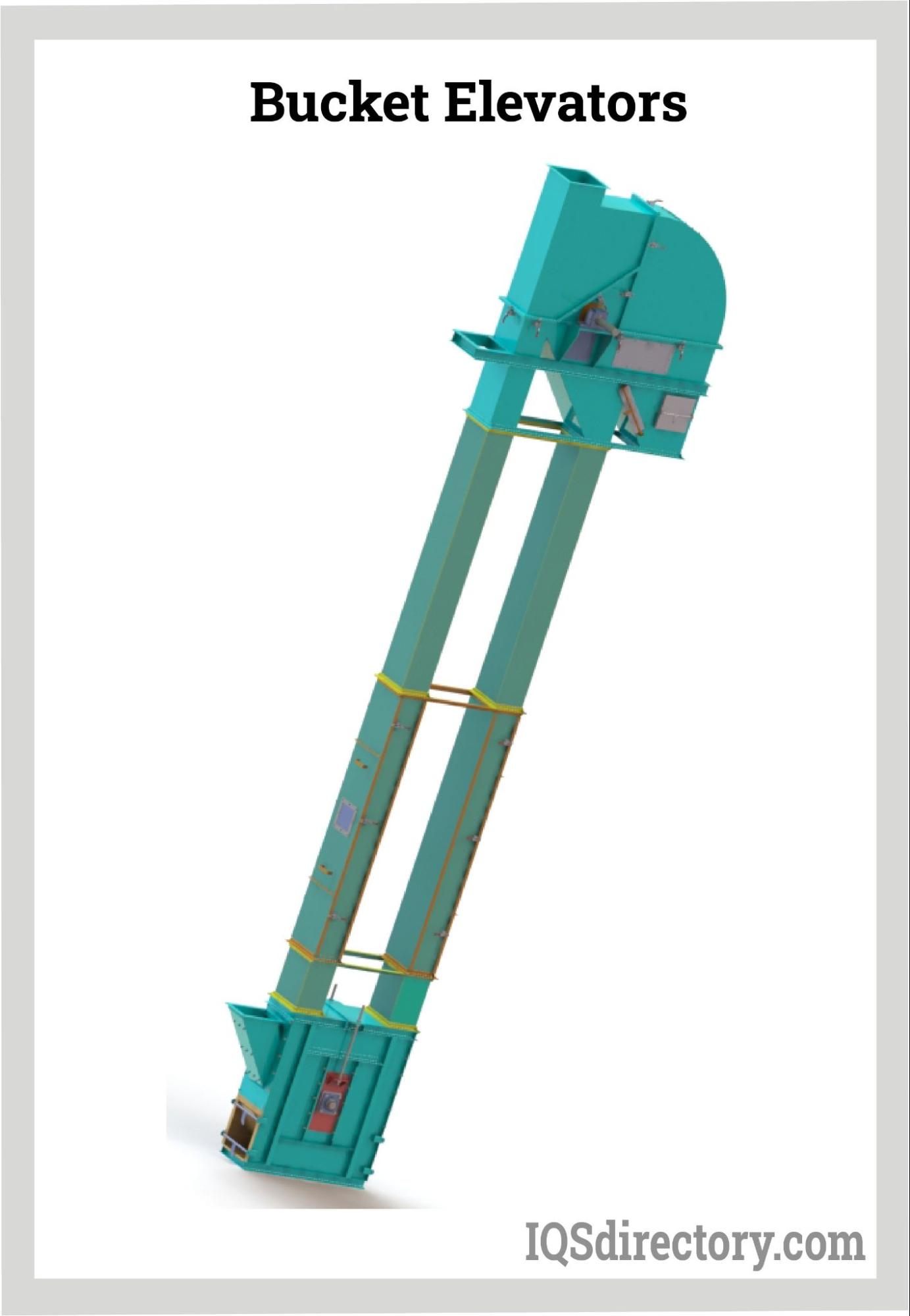
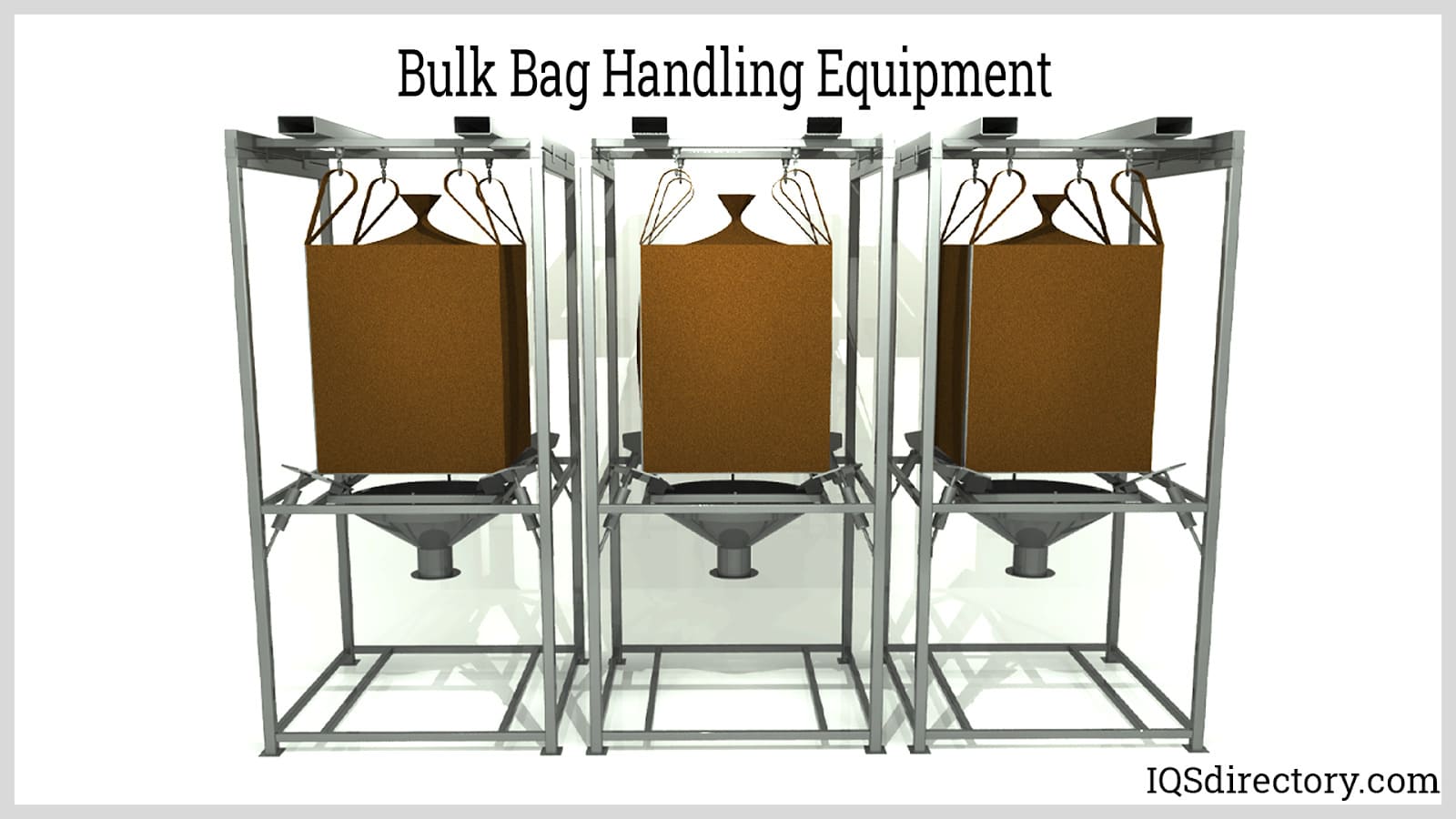
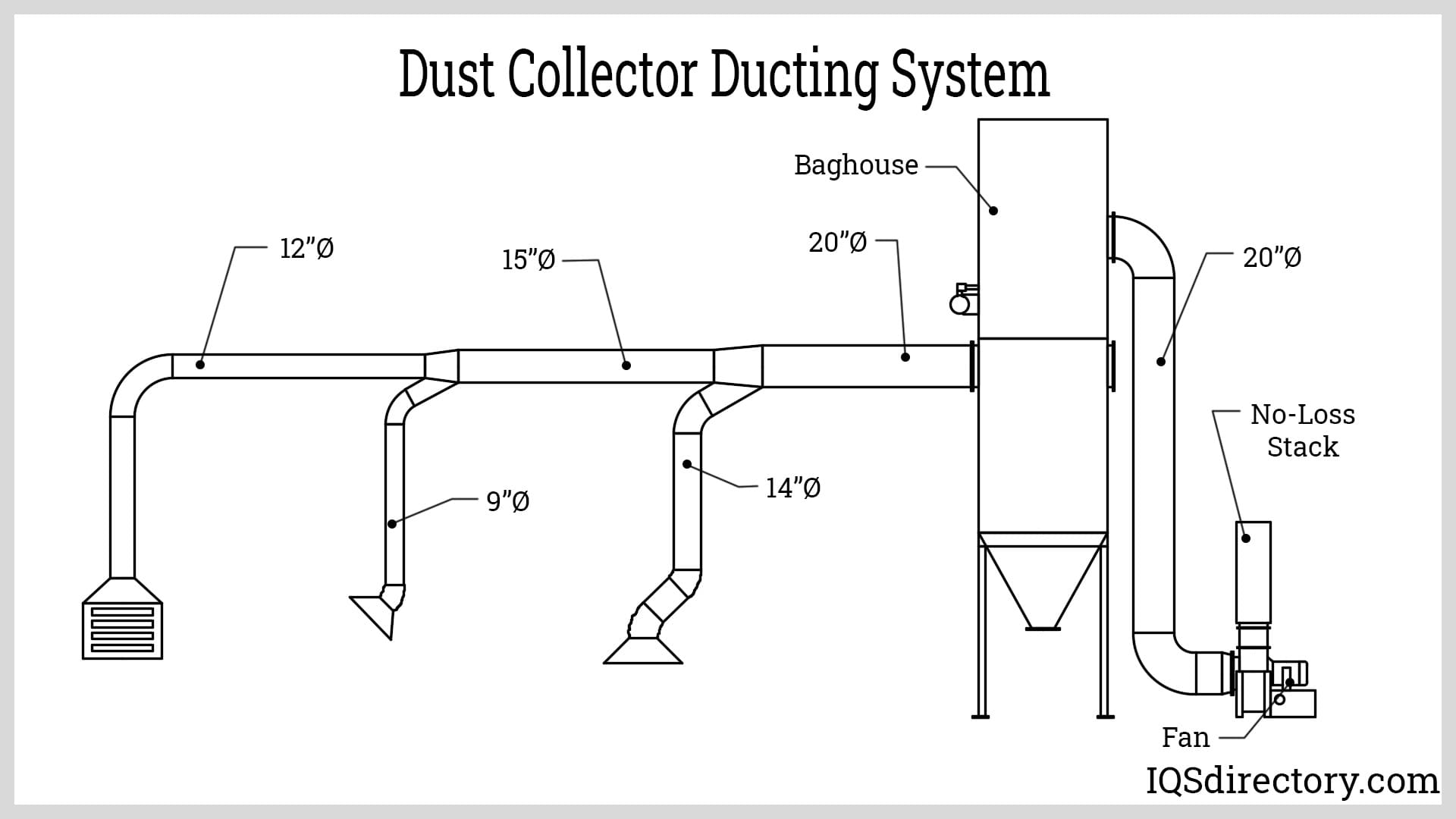
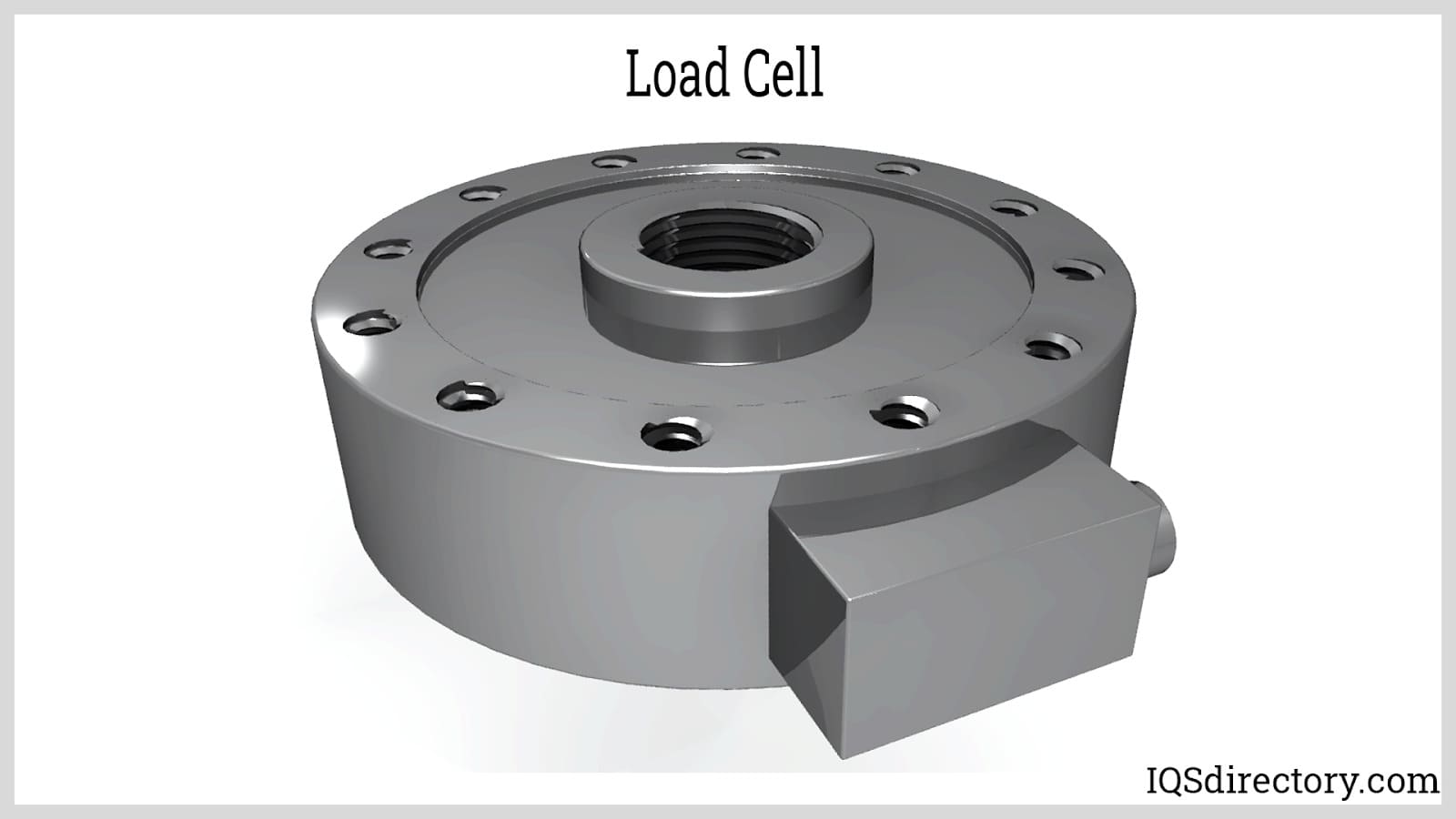
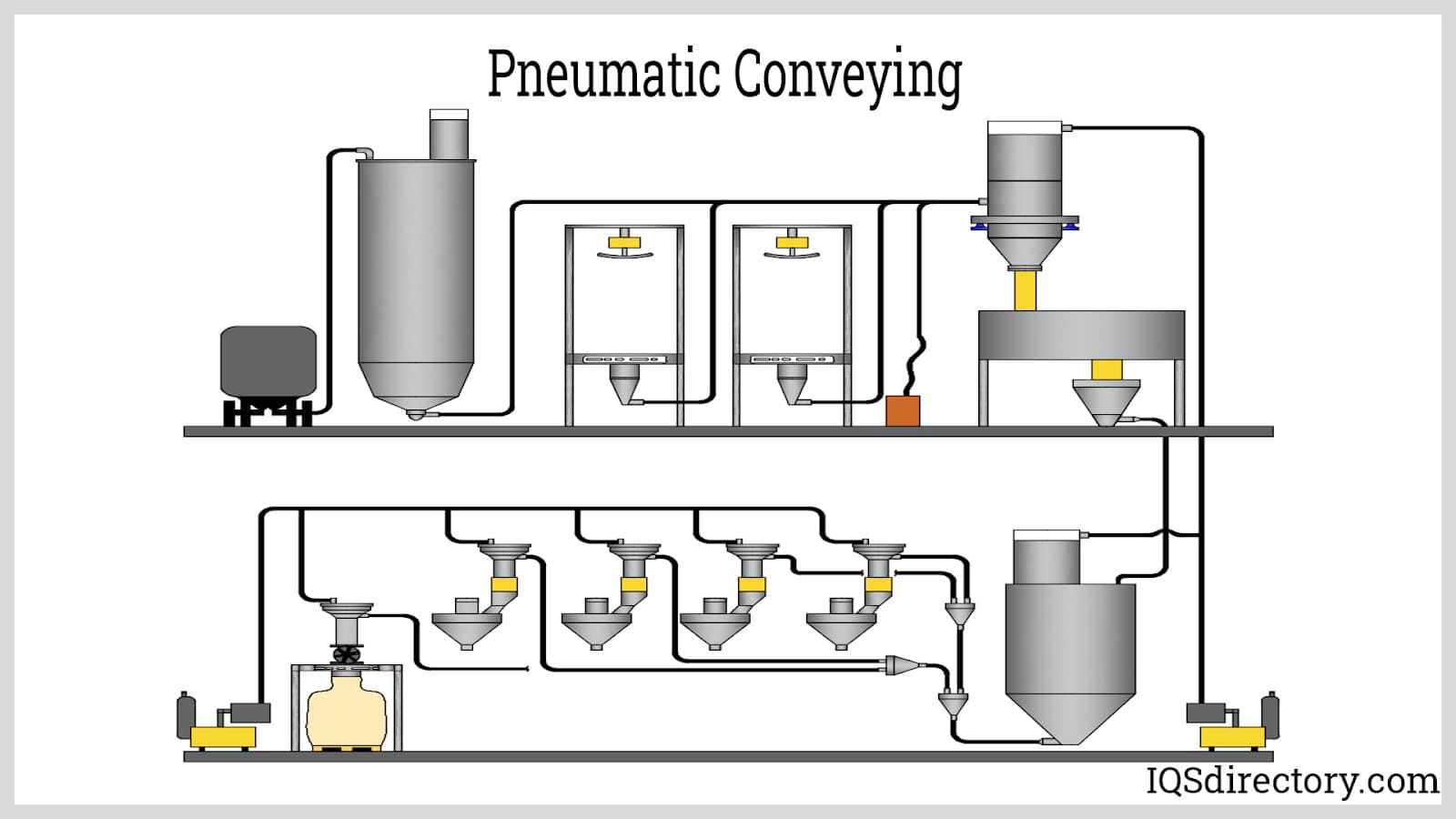
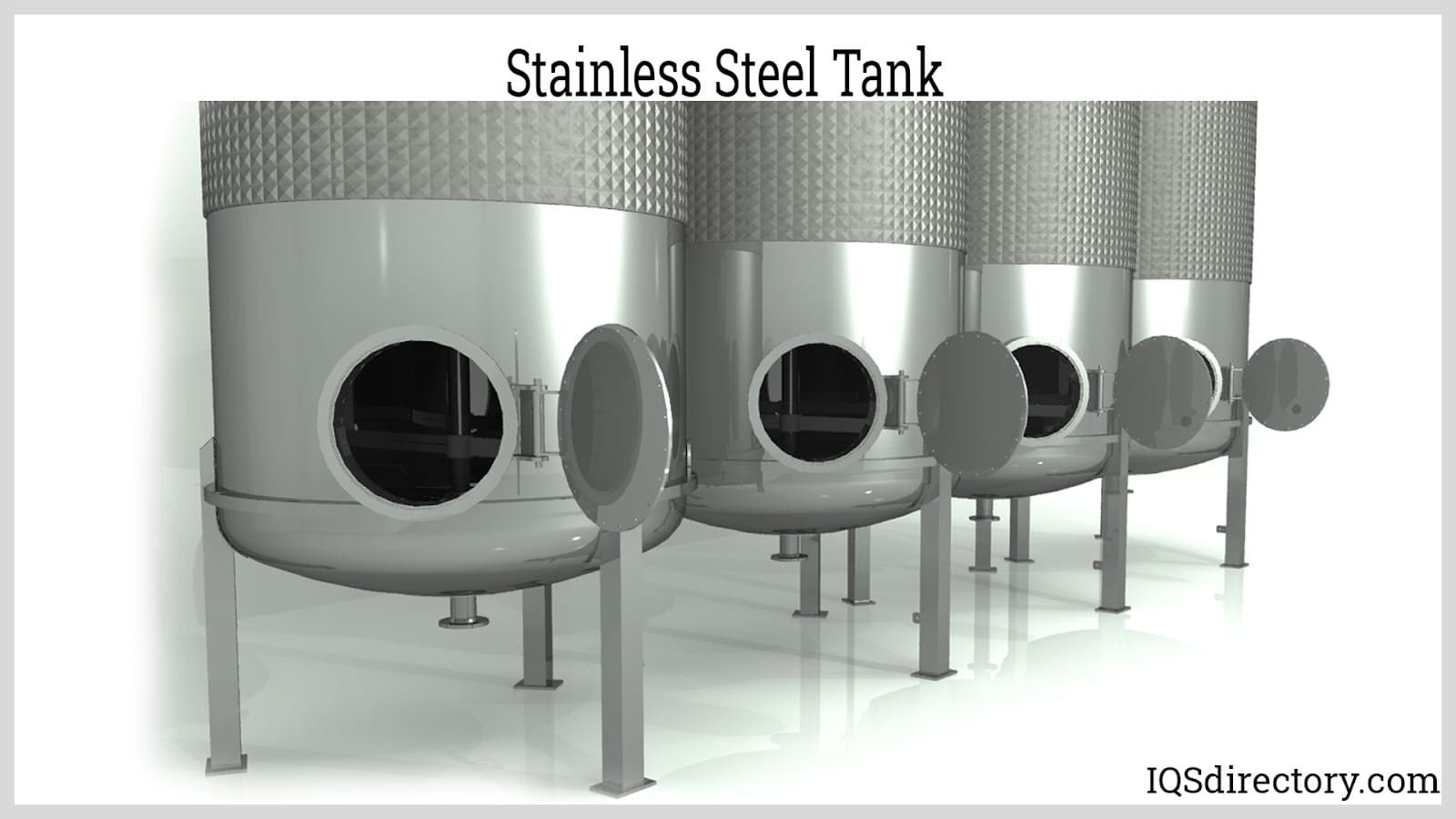
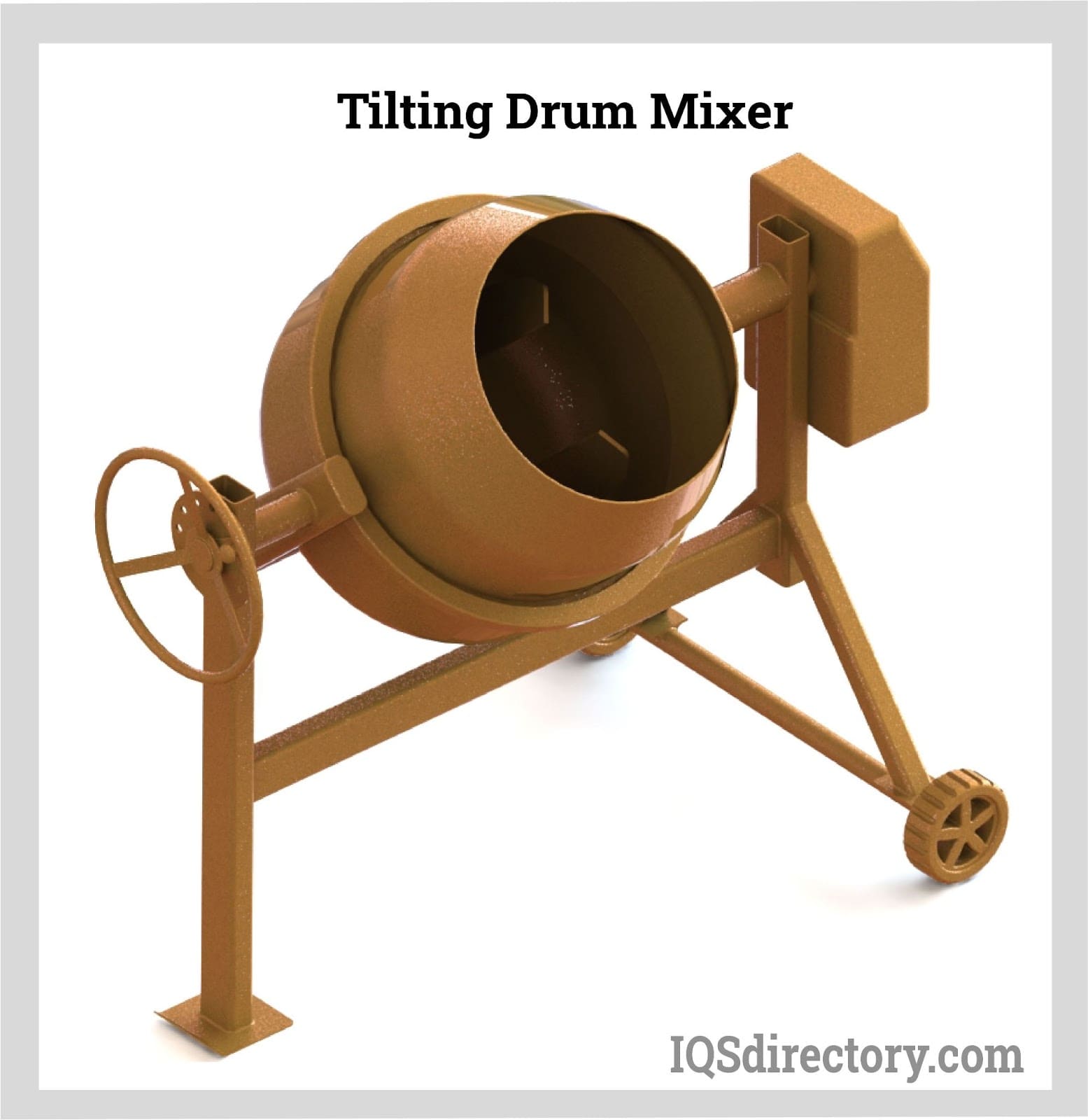
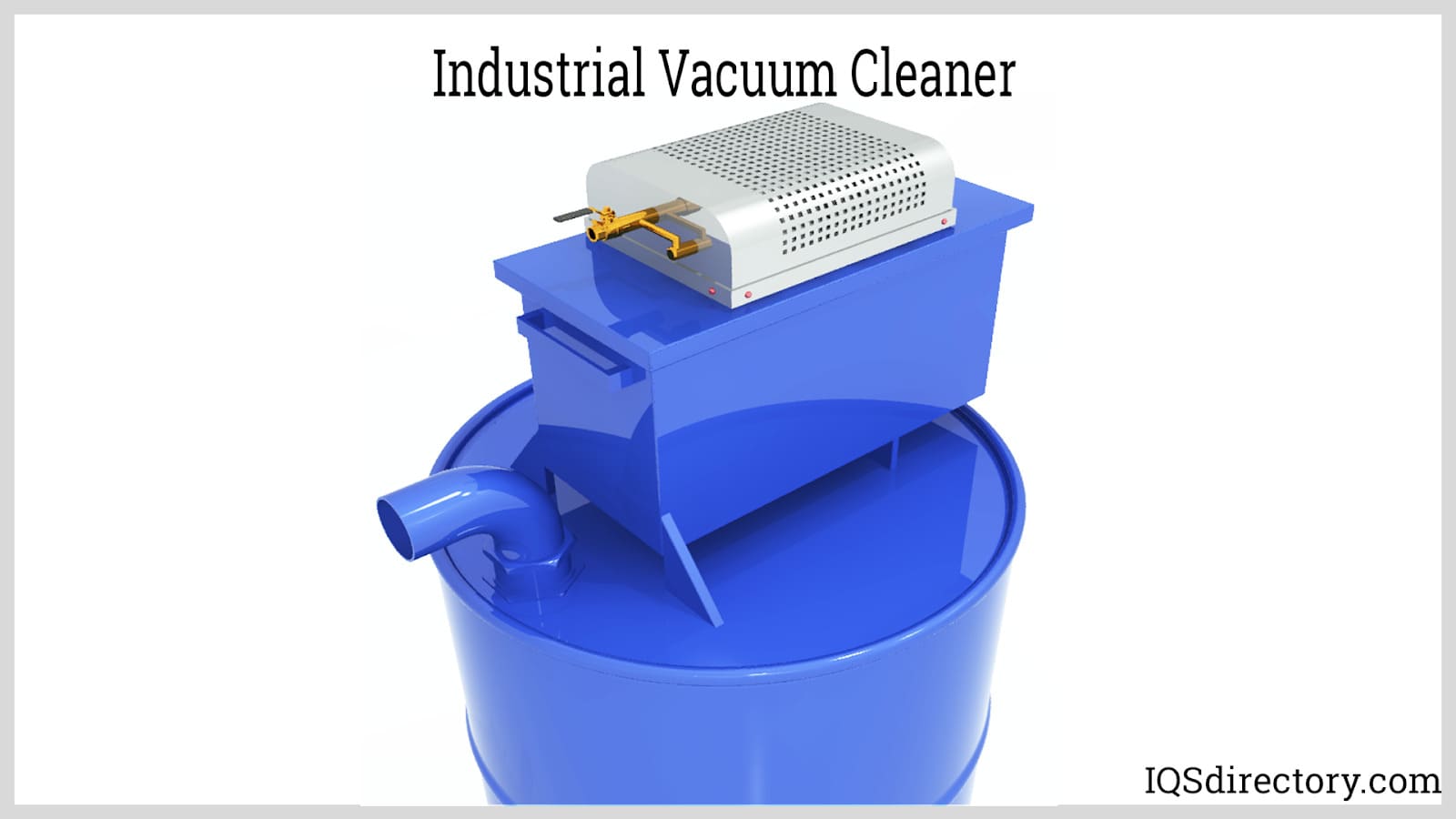

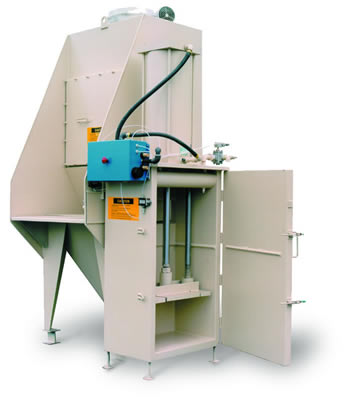 Bulk Bag Handling
Bulk Bag Handling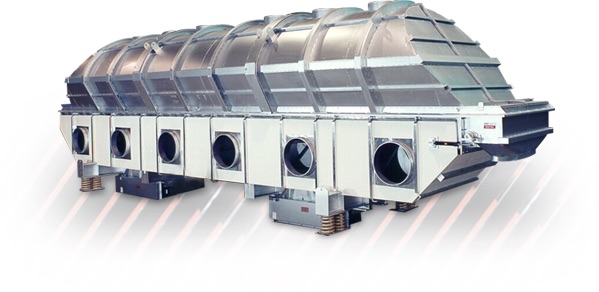 Industrial Dryers
Industrial Dryers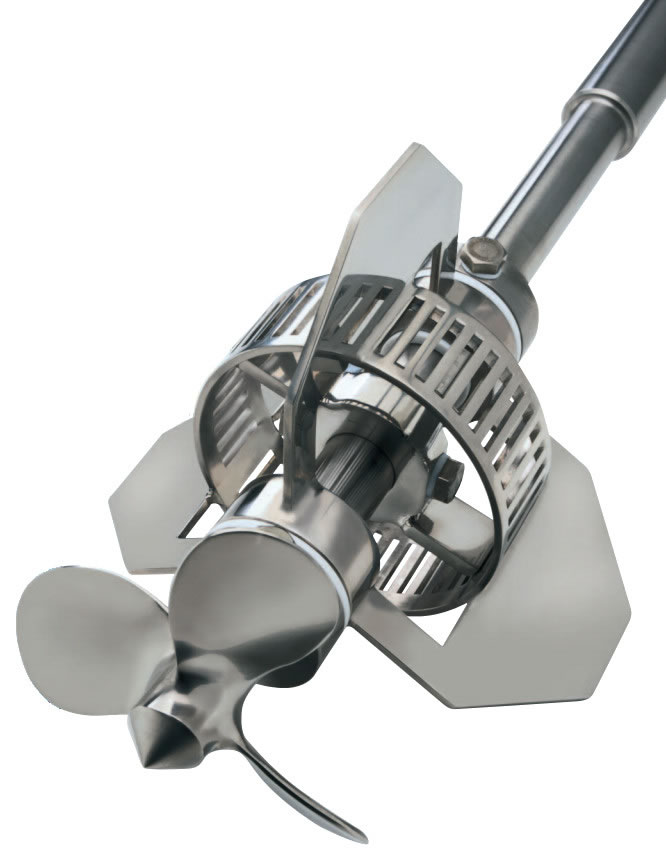 Industrial Mixers
Industrial Mixers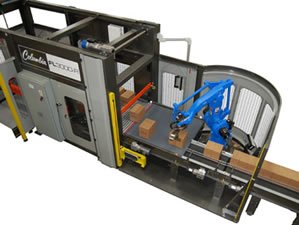 Palletizers
Palletizers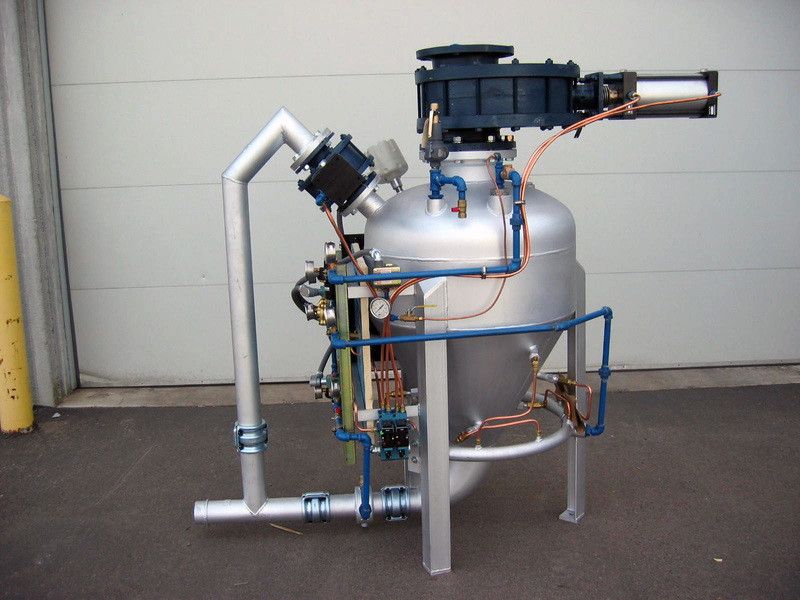 Pneumatic Conveyors
Pneumatic Conveyors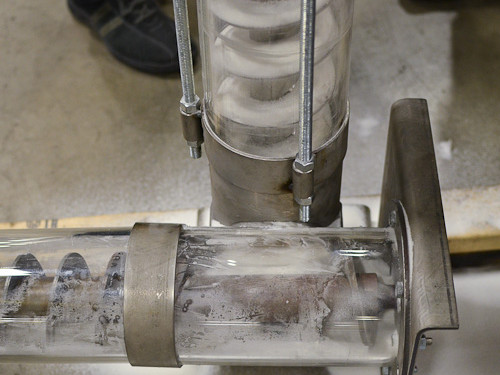 Screw Conveyors
Screw Conveyors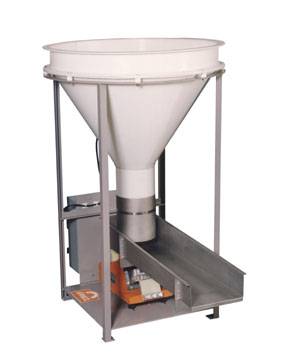 Vibratory Feeders
Vibratory Feeders Weighing Systems & Scales
Weighing Systems & Scales Castings & Forgings
Castings & Forgings Bulk Material Handling
Bulk Material Handling Electrical & Electronic Components
Electrical & Electronic Components Flow Instrumentation
Flow Instrumentation Hardware
Hardware Material Handling Equipment
Material Handling Equipment Metal Cutting Services
Metal Cutting Services Metal Forming Services
Metal Forming Services Metal Suppliers
Metal Suppliers Motion Control Products
Motion Control Products Plant & Facility Equipment
Plant & Facility Equipment Plant & Facility Supplies
Plant & Facility Supplies Plastic Molding Processes
Plastic Molding Processes Pumps & Valves
Pumps & Valves Recycling Equipment
Recycling Equipment Rubber Products & Services
Rubber Products & Services